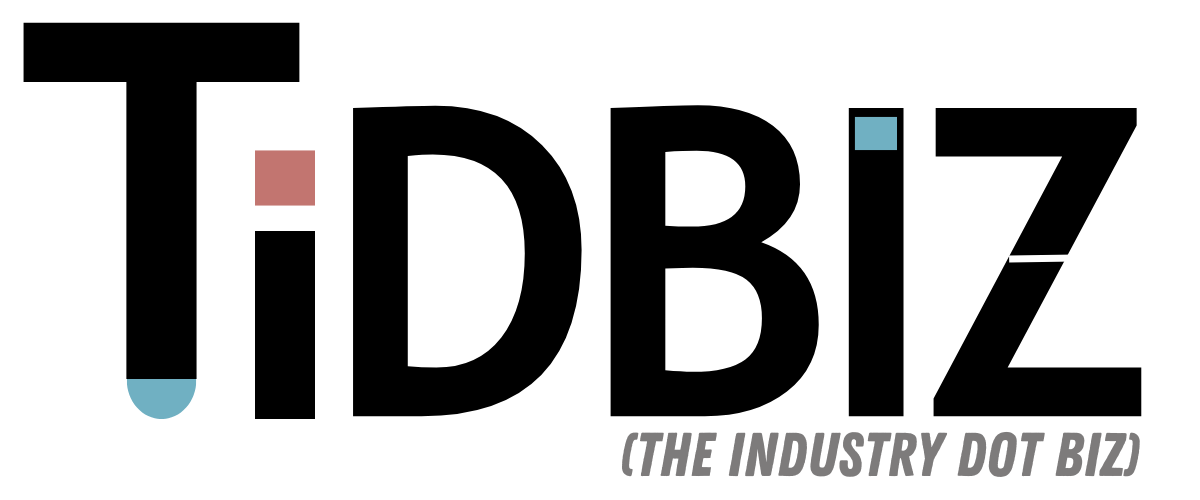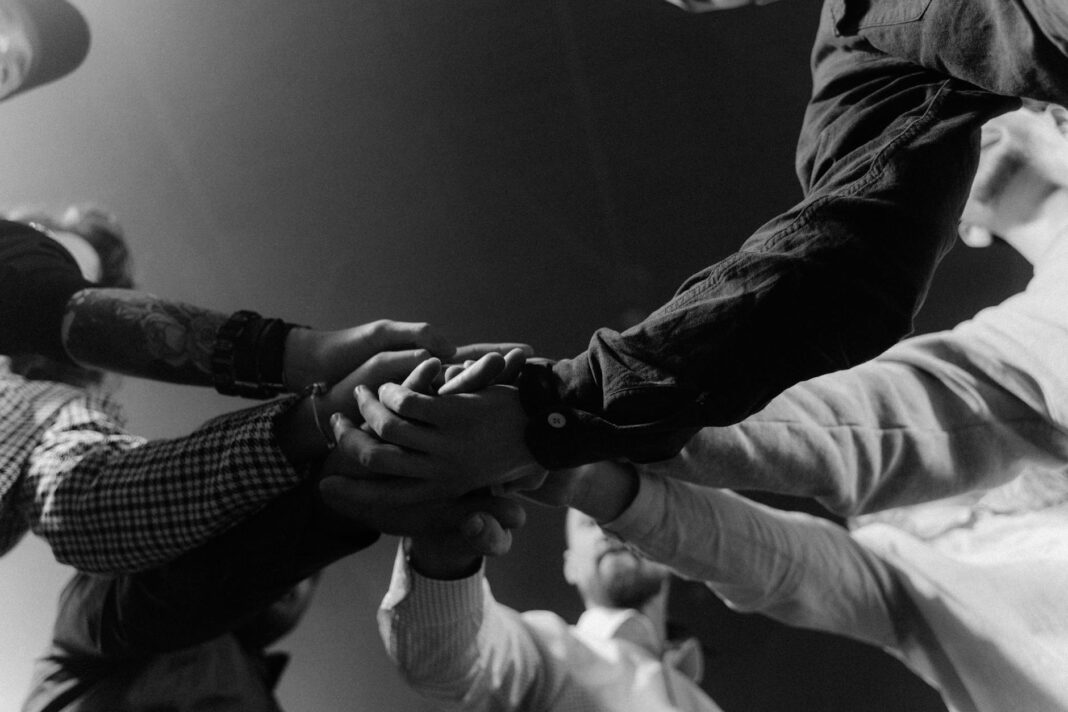Introduction to the Crisi
s
In a chilling echo of violence, US college campuses are grappling with a wave of hoax calls reporting gunmen. This alarming trend has surged following the tragic shooting incident involving Charlie Kirk, igniting fears and chaos in educational environments already fraught with tension. While the motivations behind these hoaxes remain unclear, the impact on students and staff is all too real. This unsettling development not only disrupts academic routines but also raises significant questions about safety and trust within these institutions.
The Immediate Aftermat
h
Just one day after the fatal shooting of Charlie Kirk, several historically Black colleges faced lockdowns and class cancellations due to these false reports. Institutions that pride themselves on being safe havens for learning suddenly found themselves in crisis mode, scrambling to ensure the safety of their students and staff. The fear instilled by such threats is palpable, creating an atmosphere of anxiety where learning should thrive. Reports of armed individuals on campus send shockwaves through communities, leading to panic and confusion.
The Psychological Tol
l
Hoax threats like these are more than just a nuisance; they carry a heavy psychological burden. Students who should be focusing on their studies are instead left grappling with the trauma of potential violence. The emotional toll is significant, as fear of the unknown can lead to anxiety, depression, and a sense of helplessness. The constant barrage of alarming news can create a climate where students feel unsafe in spaces that should be nurturing. Colleges and universities must now consider not only the physical safety of their campuses but also the mental well-being of their communities.
Institutional Respons
e
In response to these threats, institutions are ramping up security measures and crisis response protocols. Many are investing in better communication systems to ensure timely alerts and updates during emergencies. This includes establishing direct lines of communication with local law enforcement and enhancing campus security personnel training. Additionally, colleges are exploring the use of technology, such as emergency alert apps, to quickly disseminate information to students and staff in real-time. These responses, while necessary, also highlight a troubling reality: the need for campuses to prepare for violence that should never be a consideration in an educational setting. The question arises—how can campuses maintain a balance between vigilance and creating an environment conducive to learning?
Looking Ahea
d
As this trend continues, colleges must remain vigilant. Collaboration with local law enforcement, mental health resources, and community engagement will be crucial in addressing these threats. Educational institutions must also engage in open dialogues with students, fostering an environment where safety concerns can be voiced without stigma. This includes creating forums for discussion on campus safety, where students can express their fears and suggestions without judgment. The aim is to prevent hoaxes from overshadowing the mission of education and growth, ensuring that the pursuit of knowledge is not hindered by fear.
Community Involvemen
t
Community involvement is another critical aspect of tackling this issue. Colleges should consider reaching out to local organizations and mental health professionals to provide resources for students dealing with anxiety and stress stemming from these threats. Workshops, seminars, and support groups can empower students and staff to cope with their fears and foster resilience. It’s vital that educational institutions don’t just react to threats but also proactively work to build a supportive community that prioritizes mental health and safety.
Question
s
What measures can colleges take to better prepare for hoax threats?
How can students be supported emotionally during such crises?
What role do communities play in preventing these disturbing hoaxes?




